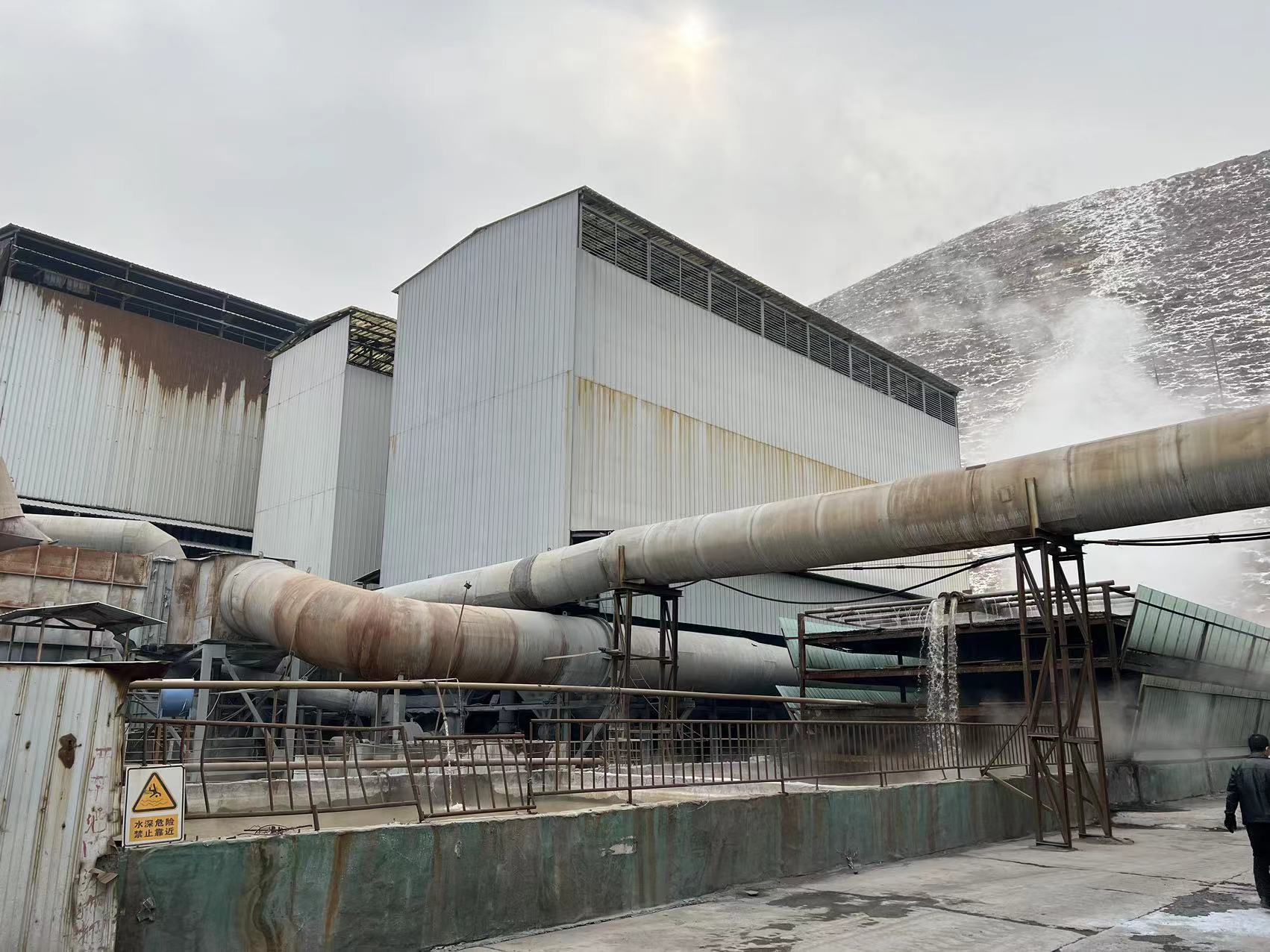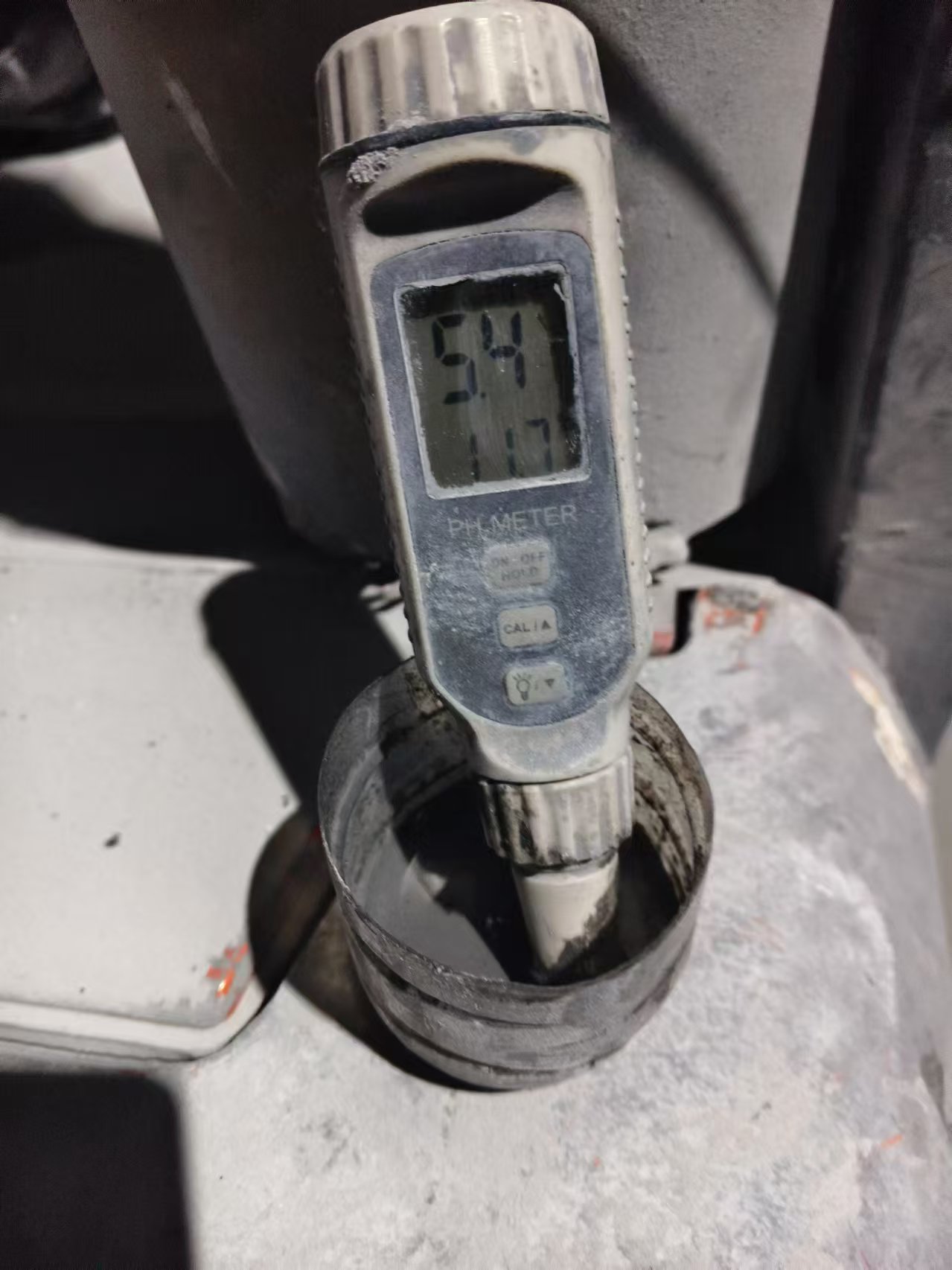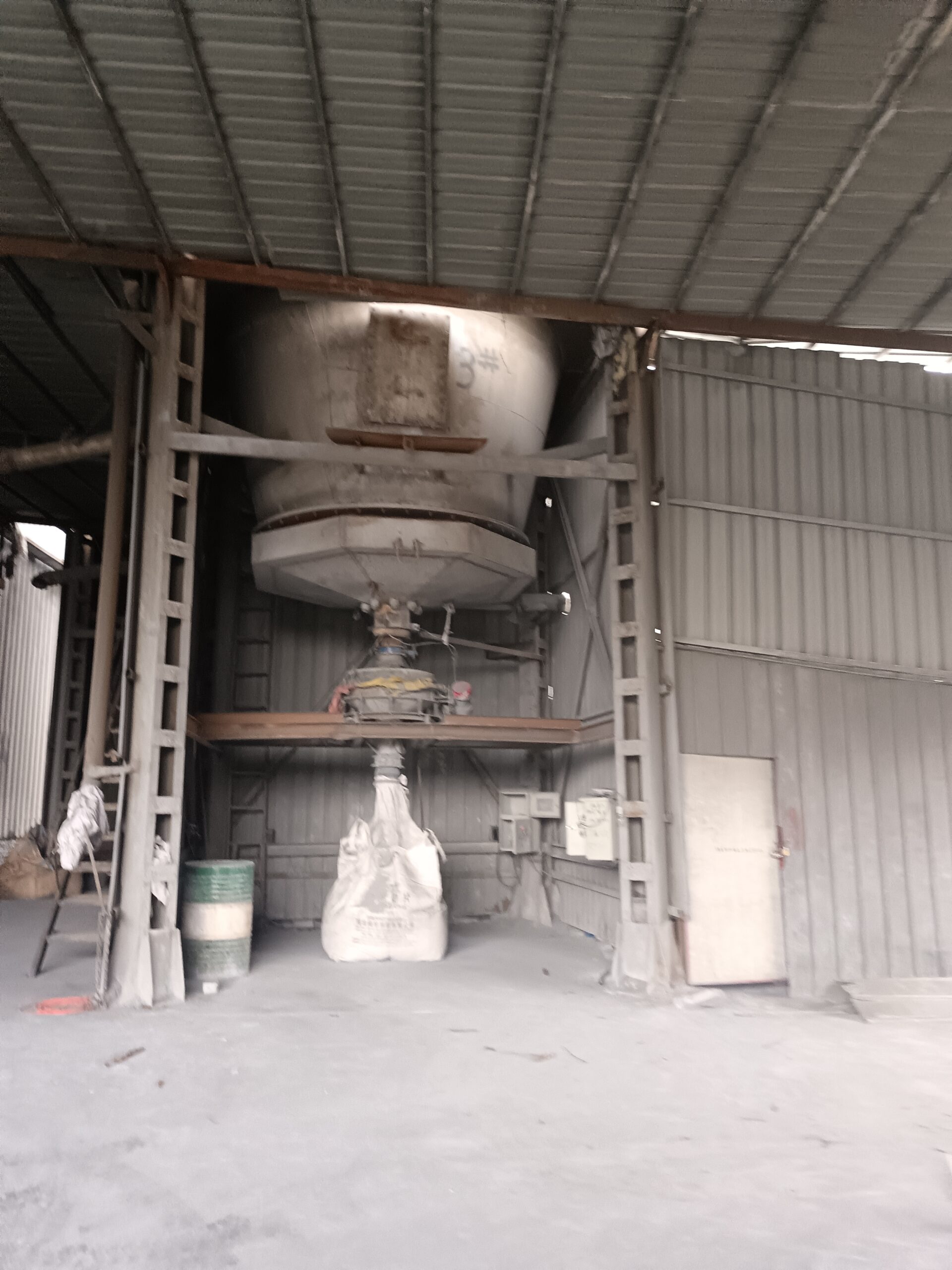Whether adding Ewende silica fume to permeable concrete will cause cracking depends on the characteristics of the silica fume, the dosage, and the construction process. It cannot be generalized simply. The specific analysis is as follows:
- Possible reasons why silica fume may reduce cracking
Silica fume is an ultra-fine active admixture with a large specific surface area and high reactivity. When added to permeable concrete, it primarily reduces the risk of cracking through the following mechanisms:
◦ Filling and densification: Silica fume can fill the voids between cement particles, refine pore sizes, and increase the density of the concrete, thereby reducing cracking caused by structural porosity.
◦ Volcanic ash reaction: It reacts with Ca(OH)₂ generated during cement hydration to produce more gel-like products (such as C-S-H gel), improving the structure of the interface transition zone and enhancing the strength and crack resistance of the matrix.
- Situations where silica fume may cause cracks
◦ Excessive dosage: Silica fume has a high water requirement (approximately 1.5–2 times that of cement). If the dosage is too high (typically recommended not to exceed 15–20% of the cement content), it can increase the viscosity of the concrete mixture, reduce its flowability, and lead to internal stress due to inadequate compaction during vibration, or cause shrinkage cracks due to rapid early-stage water loss.
◦ Improper curing: Silica fume requires adequate moisture for hydration. If curing is not timely (e.g., water shortage, excessive temperature), it may result in incomplete early hydration, leading to drying shrinkage cracks.
◦ Compatibility issues with other materials: If silica fume has poor compatibility with cement or aggregates (e.g., improper aggregate grading) or if the dosage of admixtures (e.g., water-reducing agents) is not adjusted to compensate for increased water demand, it may result in poor workability of the mixture, indirectly causing cracks.
- Conclusion
Proper use of silica fume (controlling dosage, optimizing mix proportions, and enhancing curing) not only does not increase the risk of cracking but also improves the density and crack resistance of permeable concrete; however, excessive dosage or improper construction and curing may lead to increased cracking. Therefore, it is necessary to determine the optimal dosage through testing (typically 5–10% of cement dosage is appropriate) and combine it with suitable admixtures and curing measures to avoid cracking issues.








